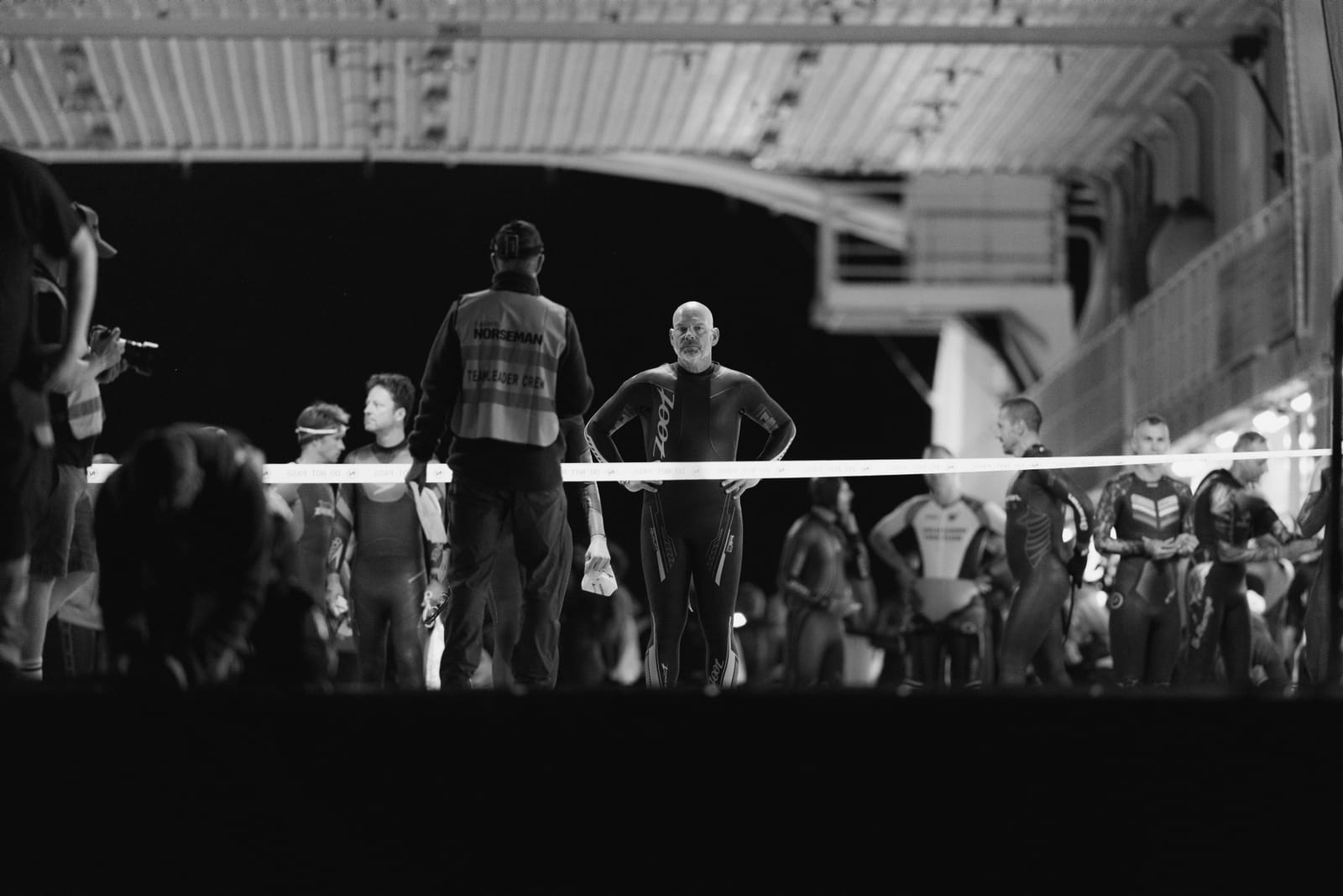This weekend’s ITU World Triathlon Series round in Yokohama will represent another major milestone in the sport’s history with Paratriathlon events staged on the same WTS program as the Elite men and women for the first time.
And the Australians will be in the thick of the action for this inaugural World Paratriathlon event.
Joining the likes of Australia’s Commonwealth Games triathletes Emma Moffatt, Aaron Royle, Emma Jackson, Ryan Bailie and Dan Wilson will be seven of Australia’s best Paratriathletes who have set their sights on Rio de Janeiro when the sport debuts on the Paralympic stage for the first time in 2016.
Representing Australia in the inaugural World Paratriathlon event on Saturday will be Men’s PT1 – Nic Beveridge (QLD); Men’s PT2 – Glen Jarvis (VIC) and Brant Garvey (WA); Men’s PT4 – Justin Godfrey (VIC); Men’s PT5 – Jeremy McLure (VIC); Women’s PT3: Sally Pilbeam (WA) and Women’s PT4 – Claire McLean (WA). (See Classifications attached).
About the race:
The ITU World Triathlon Series returns to Yokohama for the fifth time. The series first appeared in Japan in 2009. The Japanese portal city skipped the 2010 series, but it reappeared on the WTS calendar in 2011. Due to the devastating earthquake, the event was postponed to later that year with ranking points counting towards to the 2012 season.
SCHEDULE:
Elite Women – Saturday 17 May – 10:00 (UTC/GMT +9) Elite Men - Saturday 17 May – 13:00 (UTC/GMT +9) TOTAL PRIZE MONEY:$180,000 USD (equal for men & women)
COURSE PROFILE:
Sprint Distance
Swim (1500m) - Two-laps for a 1500m swim in the sea near Osambashi pier.
Bike (40km) – Five, 8km laps that begin and end in Yamashita park.The bike snakes around the giant Cosmo Clock 21 Ferris Wheel and Yokohama’s waterfront.
Run (10km) - Four 2.5km laps around the Kanagawa Prefectural Government Building
STORIES TO WATCH FOR:
The podium returns
All of the 2013 Yokohama medallists will return to their spot of glory this year for another shot at important points towards the Threadneedle rankings. Last year Gwen Jorgensen (USA) collected her second consecutive career WTS win with her signature fiery run across the flat course. Behind her,Emma Moffatt (AUS) and Jodie Stimpson (GBR) gutted it out over the blue carpet with a smiling Moffatt just edging out the Brit.
The Gomez vs Brownlees facts
In the last 20 times that Javier Gomez and Alistair Brownlee have met at WTS races, Alistair has won on 15 of those occasions. But that was then and this is now. Gomez is not waiting to make a move in the Threadneedle rankings, having destroyed the competition, including younger Brownlee brother Jonathan, in the last two WTS events. But as we saw last year in San Diego when Alistair charged away from the competition for the win, missing the first few races of the season has no impact on his ability to win.
PREVIOUS YOKOHAMA WINNERS
WOMEN MEN
2013 Gwen Jorgensen (USA) Jonathan Brownlee (GBR)
2012 Lisa Norden (SWE) Joao Silva (POR)
2011 Andrea Hewitt (NZL) Joao Silva (POR)
2009 Lisa Norden (SWE) Jan Frodeno (GER)
Jarvis and McLean are already Paralympians in their own right in swimming and cycling.
The Australian Paratriathlon Elite squad have been divided into two squads with a second Elite group, including the likes of four-time ITU World champion Bill Chaffey, Jonathan Goerlach and Jack Swift set to make their World Paratriathlon Event debuts in Chicago next month.
Triathlon Australia’s National Manager for Paratriathlon, Kathryn Periac said from Yokohama today that “it is just beginning to sink in” for the seven Australians who will race across six categories.
“This is big, this is exciting and they are (thrilled) to be part of it,” said Periac.
“Around 60 Paratriathletes will compete in the Yokohama World Paratriathlon Event, alongside the World Triathlon Series event.
“For the first time elite triathletes and Paratriathletes are showcased together, in this wonderful triathlon venue with all it’s tradition.
“With Rio just two years away now the racing will be fierce.”
The Paratriathlon will kick start a busy weekend’s racing on Saturday morning at 7:55 (AEST) over the 750m (swim), 20km (bike) and 5km (run).
It will be followed by round three of the ITU WTS Elite women at 11am (AEST) with the Elite Men’s race set down for Saturday at 2pm (AEST) over the Standard Distance (1.5km swim), 40km (bike) and 10km (run).
PARATRIATHLON CLASSIFICATIONS:
PT1 – Wheelchair users. Includes athletes with comparable activity limitation and an impairment of, but not limited to: muscle power, limb deficiency, hypertonia, ataxia, athetosis that prevent the ability to safely ride a conventional bike and run. Through classification assessment, athletes must have a score of up to 640,0 points. Athletes must use a recumbent handcycle on the bike course and a racing wheelchair on the run segment;
PT2 – Includes athletes with comparable activity limitation and an impairment of, but not limited to, limb deficiency, hypertonia, ataxia and or athetosis, impaired muscle power or range of movement that through classification assessment have a score of up to 454,9 points. In both bike and run segments, amputee athletes may use approved prosthesis or other supportive devices.
PT3 - Includes athletes with comparable activity limitation and an impairment of, but not limited to, limb deficiency, hypertonia, ataxia and or athetosis, impaired muscle power or range of movement that through classification assessment have a score from 455,0 to 494,9 points. In both bike and run segments, the athlete may use approved prosthesis or other supportive devices.
PT4 – Includes athletes with comparable activity limitation and an impairment of, but not limited to, limb deficiency, hypertonia, ataxia and or athetosis, impaired muscle power or range of movement that through classification assessment have a score from 495,0 to 557,0 points included. In both bike and run segments, the athlete may use approved prosthesis or other supportive devices.
PT5 – Total or Partial visual Impairment (IBSA/IPC defined sub-classes B1, B2, and B3): Includes athletes who are totally blind, from no light perception in either eye, to some light perception but unable to recognize the shape of a hand at any distance or in any direction (B1) and partially sighted athletes with a visual acuity of less than 6/60 vision or visual field less than 20 degrees with best corrective vision (B2-B3). One guide is mandatory throughout the race. Must ride a tandem during the bike segment.





